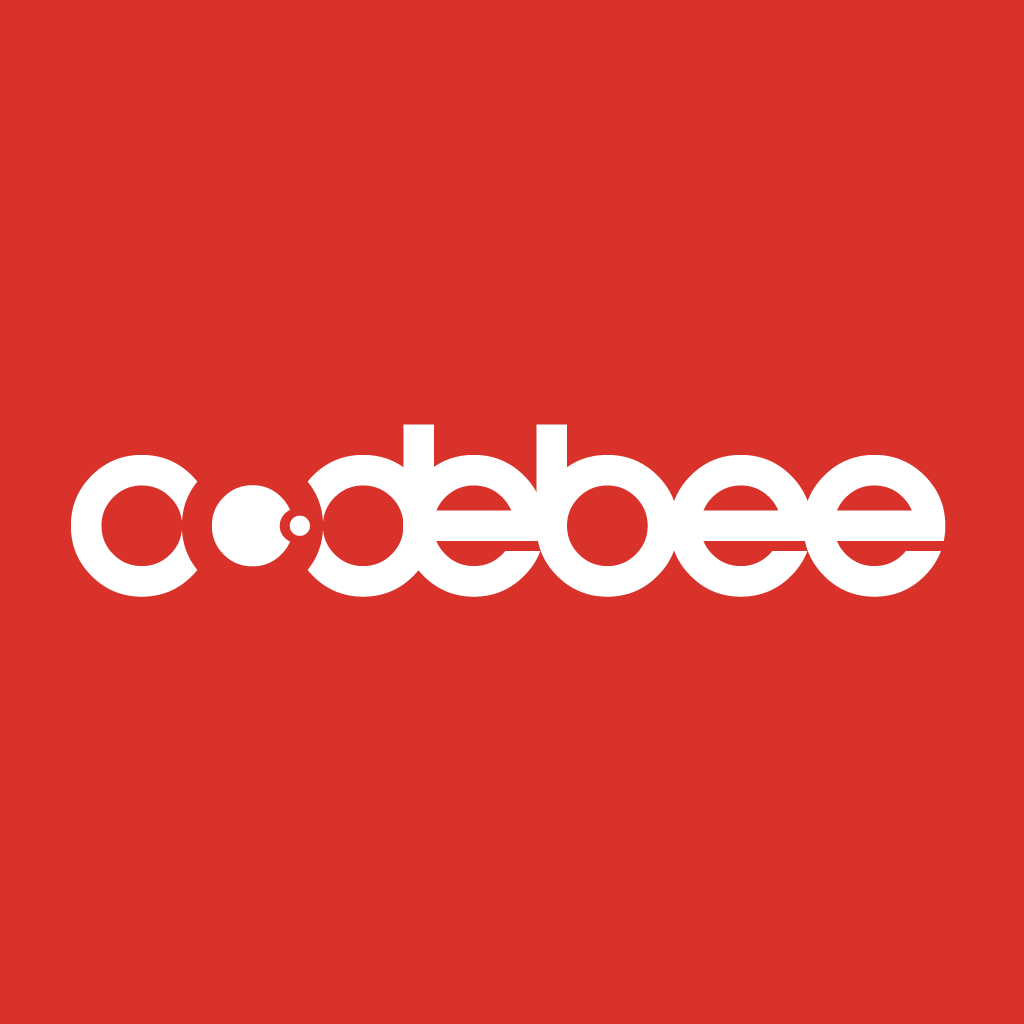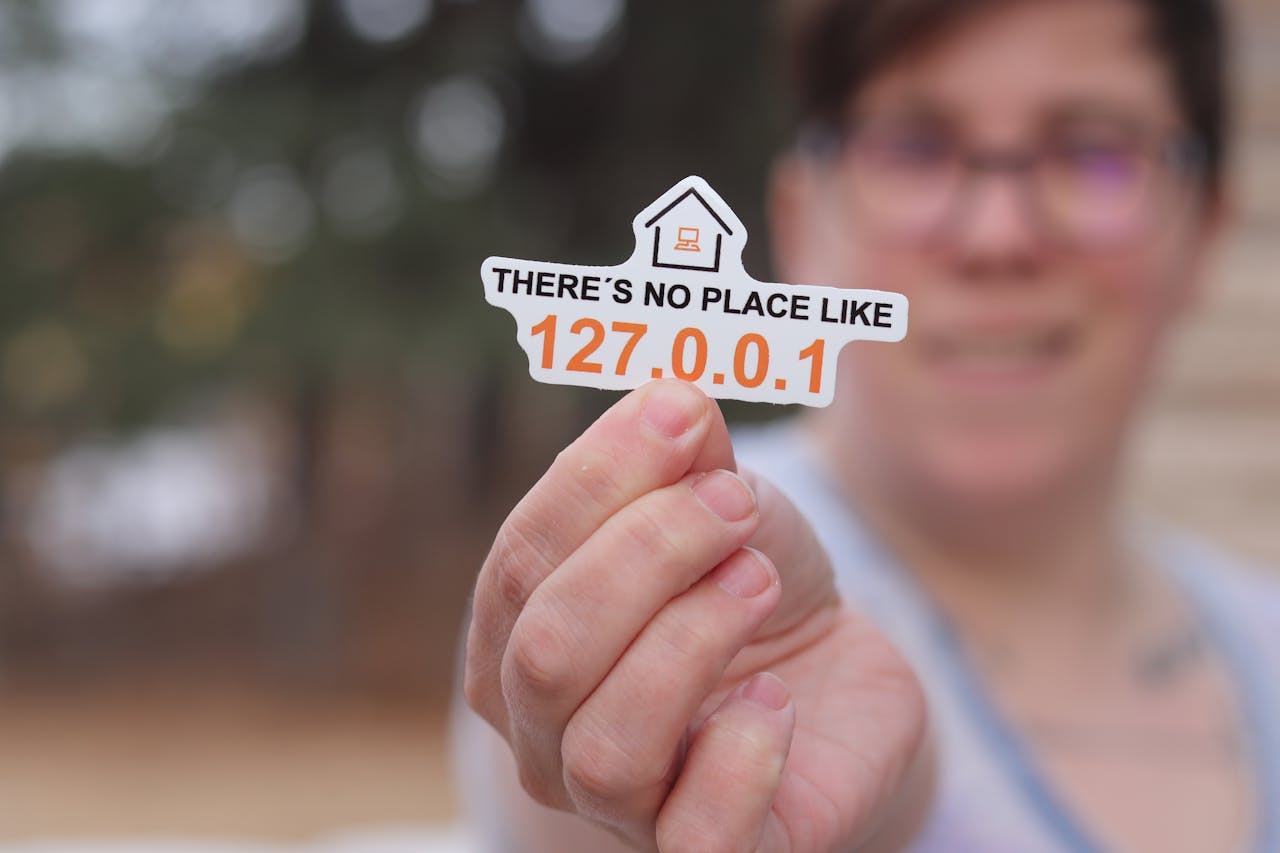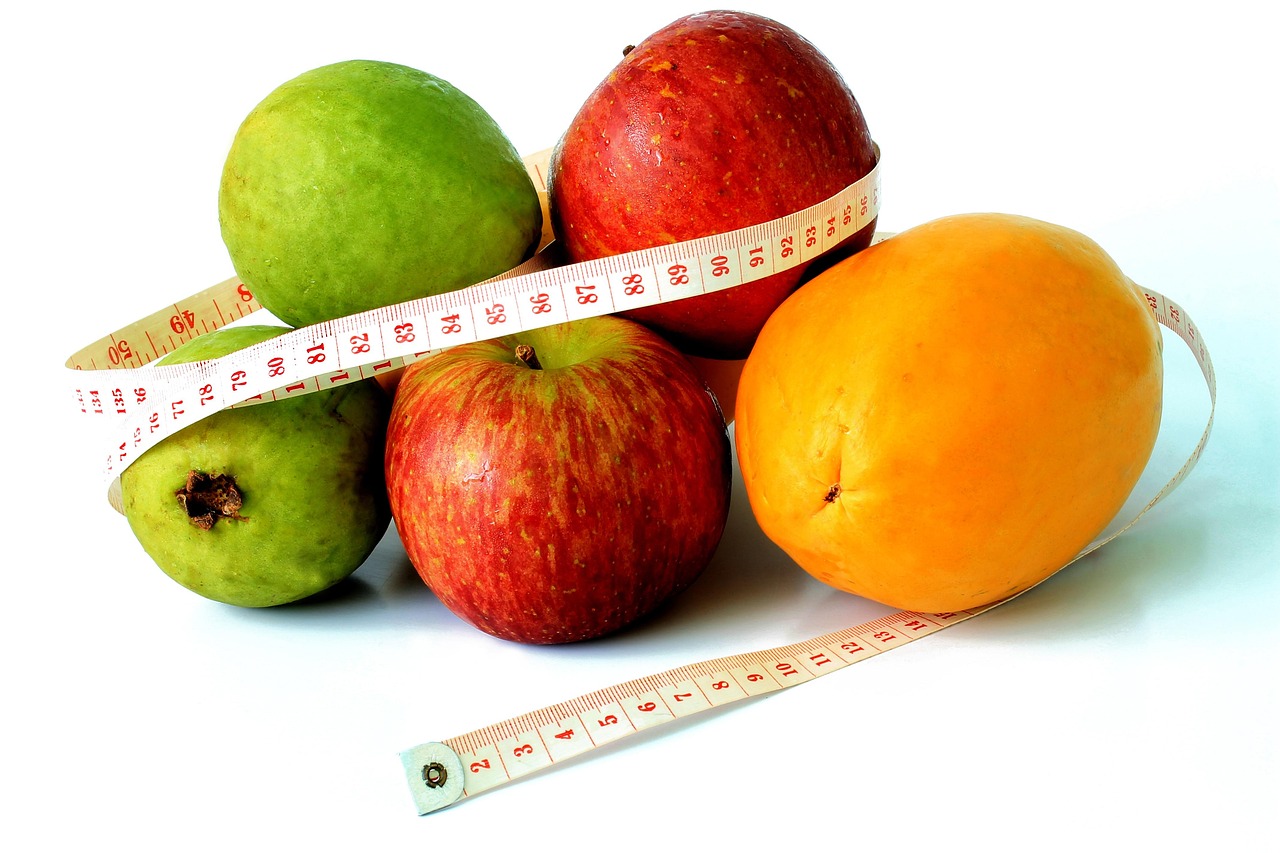JSON to Text
JSON to Text refers to a process or tool that converts data from JSON (JavaScript Object Notation) format into a plain text format. JSON is a structured, machine-readable data format, while plain text is an unstructured format used to display the data in a human-readable way without special formatting or hierarchical organization.
JSON to Text refers to a process or tool that converts data from JSON (JavaScript Object Notation) format into a plain text format. JSON is a structured, machine-readable data format, while plain text is an unstructured format used to display the data in a human-readable way without special formatting or hierarchical organization.
What is JSON?
JSON is a lightweight data-interchange format that is easy for both humans to read and machines to parse. It is often used for representing structured data in a key-value pair format. JSON can store objects, arrays, and nested structures.
What is Plain Text?
Plain text is text without any special formatting or embedded codes. It is a simple representation of information, where the data is usually presented in a linear or human-readable format, often with line breaks or spaces separating values or elements.
JSON to Text Conversion:
When you convert JSON to Text, you flatten and represent the structured data of JSON in a readable text format, which may not preserve the original hierarchical structure. This conversion is useful for situations where you need to extract key information from a JSON object and display it in a simple, linear way.
Example:
JSON Format:
Text Format (after conversion):
In this case, the key-value pairs are converted into a human-readable text format, with the hierarchical structure represented in a way that is easy to understand but less formal or structured than the original JSON.
Key Features of a JSON to Text Converter:
-
Simple Representation:
- The JSON to Text conversion flattens the hierarchical structure of JSON and presents the data as readable text, which may include keys and their corresponding values.
-
Customizable Output:
- Some converters allow you to customize how the text output is structured, such as including line breaks, bullet points, or a specific text format for better clarity.
-
Flexible Data Display:
- The output format can be adjusted based on how the user wants to view the data, for example, in a key-value pair format, as a list, or with nested bullet points.
-
Human-Readable:
- Converts the machine-readable JSON into a format that is easy for humans to understand, particularly when it needs to be shared or reviewed manually.
-
Excluding Non-Essential Data:
- Some converters can be set to exclude specific JSON elements or nested data, focusing only on essential fields or high-level information.
Use Cases for JSON to Text Conversion:
-
Human-Readable Reports:
- When you need to display JSON data in a simple format for non-technical users, such as for reports or summaries, JSON to Text conversion is ideal.
-
Debugging and Logging:
- Developers often convert JSON data into plain text for debugging purposes or to display in logs, making it easier to understand the content of complex JSON objects.
-
Data Export:
- If you want to export data from an API or database in a format that is easy to read (but not as structured as CSV or TSV), converting the data into text format can be useful.
-
Documentation:
- For generating readable documentation or instructions based on the data stored in JSON format, the data can be converted to text for easier interpretation and presentation.
-
Notifications or Alerts:
- When sending alerts or notifications based on JSON data, such as in automated systems or applications, converting the JSON into a simple text format allows it to be easily displayed in messages or emails.
Why Convert JSON to Text?
-
Simplicity:
- JSON is often used by applications and systems, but for human consumption, plain text is much simpler to read, especially when presenting a summary of the data.
-
Readability:
- While JSON is structured, it may not always be easy for people to understand without specific tools. Text format makes the data more digestible and straightforward.
-
Sharing Data:
- Text files are more universally accessible and can be shared easily via emails, documentation, or reports, whereas JSON files might require a special tool to view or interpret.
-
Data Display:
- Sometimes you need to display data extracted from a larger JSON document in a concise, readable format. Converting to text can make this task easier and more efficient.
Conclusion:
A JSON to Text Converter helps simplify complex, structured JSON data into a plain text format that is more accessible and readable for human users. This conversion is useful for reporting, debugging, documentation, or simply displaying key pieces of information from a JSON structure in a format that is easier to understand.
Would you like help converting some JSON data to plain text, or need additional information about how this conversion works?













